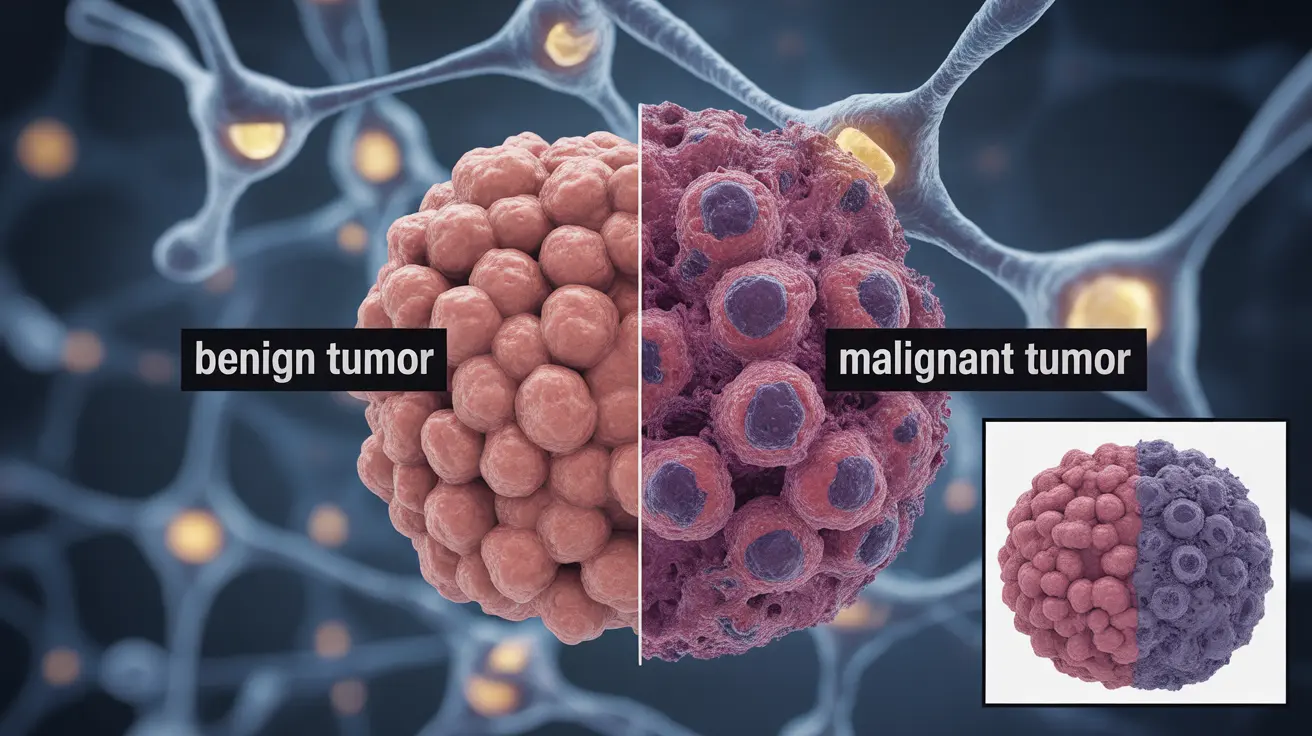Neoplasia refers to the abnormal growth of cells that can develop into either benign or malignant tumors. This medical condition requires careful attention and understanding, as early detection and proper treatment can significantly impact patient outcomes. Understanding the basics of neoplasia is crucial for recognizing potential warning signs and seeking appropriate medical care.
What is Neoplasia?
Neoplasia occurs when cells in the body begin to grow and divide uncontrollably, forming masses of tissue called neoplasms or tumors. These growths can develop in virtually any part of the body and may behave differently depending on their classification. While some neoplasms remain localized and benign, others can become malignant and spread to other parts of the body.
Types of Neoplastic Growths
Benign Neoplasms
Benign neoplasms are typically slow-growing and remain confined to their original location. These growths usually have well-defined boundaries and don't invade surrounding tissues. Common examples include:
- Skin papillomas
- Uterine fibroids
- Breast fibroadenomas
- Thyroid adenomas
Malignant Neoplasms
Malignant neoplasms, also known as cancerous tumors, are more aggressive and can invade nearby tissues. These growths may also spread to other parts of the body through a process called metastasis. They often grow more rapidly than benign tumors and can cause more severe health complications.
Diagnosis and Detection Methods
Healthcare providers use various diagnostic tools and procedures to identify and classify neoplastic growths, including:
- Imaging tests (MRI, CT scans, ultrasound)
- Biopsy procedures
- Blood tests
- Molecular and genetic testing
- Physical examinations
Risk Factors and Prevention
Several factors can influence the development of neoplastic diseases. Understanding these risk factors can help in prevention efforts:
- Genetic predisposition
- Environmental exposures
- Lifestyle choices
- Age and gender
- Previous medical history
Taking preventive measures, such as maintaining a healthy lifestyle, avoiding known carcinogens, and participating in regular health screenings, can help reduce the risk of developing neoplastic diseases.
Treatment Approaches
Treatment options for neoplastic diseases vary depending on factors such as the type, location, and stage of the growth. Common treatment approaches include:
- Surgical removal
- Radiation therapy
- Chemotherapy
- Targeted therapy
- Immunotherapy
Frequently Asked Questions
What are the common symptoms that might indicate the presence of a neoplasm?
Common symptoms of neoplasms can include unexplained weight loss, fatigue, pain in specific areas, unusual bleeding or discharge, changes in skin appearance, and persistent coughs or difficulty swallowing. However, symptoms vary greatly depending on the location and type of neoplasm.
How do doctors diagnose whether a neoplastic growth is benign or malignant?
Doctors typically use a combination of imaging studies, biopsy analysis, and laboratory tests to determine if a growth is benign or malignant. A biopsy, where tissue samples are examined under a microscope, is usually the most definitive method for classification.
What are the main treatment options available for different types of neoplastic diseases?
Treatment options include surgery to remove the growth, radiation therapy to target cancer cells, chemotherapy to kill rapidly dividing cells, targeted therapy that focuses on specific cancer characteristics, and immunotherapy to boost the body's natural defenses against cancer.
What causes neoplastic diseases and how can risk factors like lifestyle and environment affect their development?
Neoplastic diseases can be caused by genetic mutations, environmental exposures to carcinogens, certain viral infections, and chronic inflammation. Lifestyle factors such as smoking, excessive alcohol consumption, poor diet, and lack of physical activity can increase the risk of developing neoplastic diseases.
Why is early detection important for neoplastic diseases and what screening tests are commonly recommended?
Early detection often leads to better treatment outcomes and higher survival rates. Common screening tests include mammograms for breast cancer, colonoscopies for colorectal cancer, Pap smears for cervical cancer, and regular physical examinations. The specific screening recommendations vary based on age, gender, family history, and risk factors.




